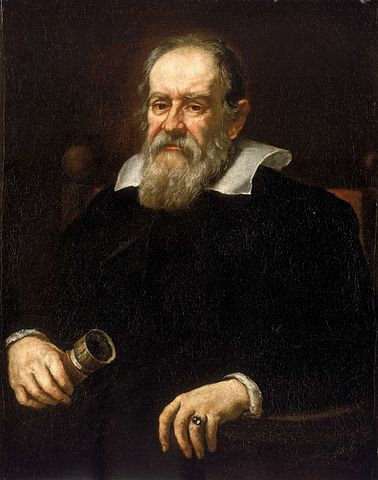
Cargando...
What can I do?
226307 materialEducativo
textoFiltroFichaAbout this resource...
Galileo Galilei nace en Pisa en el año 1564, en el periodo histórico intermedio entre Copérnico y posteriormente Newton. Hijo de una familia que tiempo atrás había tenido honor y dinero, cuando nace él las cosas no les iban tan bien y se ven obligados a dedicarse al comercio, marchándose a Florencia y dejando en un convento de Pisa a Galileo.
En 1581 accede a la universidad de su lugar natal para en principio estudiar medicina, abandonándola cuatro años después sin haber terminado ningún estudio. Conseguirá una plaza en la Universidad de Pisa en 1589 tras haber estudiado por su cuenta matemáticas y física, aunque muy mal pagado lo que le llevará a tener siempre problemas de dinero.
El cambio sustancial que aportará Galileo a la ciencia será la técnica experimental, es decir, comprobar sus ideas con inventos y pruebas reales. Será así como comience a usar el telescopio para observar las estrellas y los planetas y se dé cuenta que son parecidos a la Tierra, teorizando que la teoría de Copérnicoen la cual la Tierra giraba alrededor del Sol era cierta. Esto le llevará a ser perseguido por la iglesia y que le obliguen a negar que la teoría de Copérnico era correcta, cosa que con resignación hará.
Será condenado a pasar los últimos años de su vida recluido en su casa pero habiendo producido uno de los cambios más grandes de la historia de la ciencia.




Exclusive content for members of

Mira un ejemplo de lo que te pierdes
Autores:
Categories:
Tags:
Add to Didactalia Arrastra el botón a la barra de marcadores del navegador y comparte tus contenidos preferidos. Más info...
Comment
0